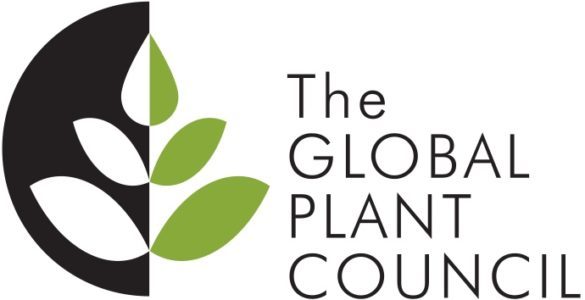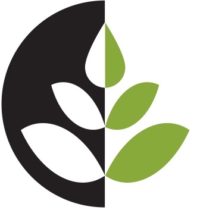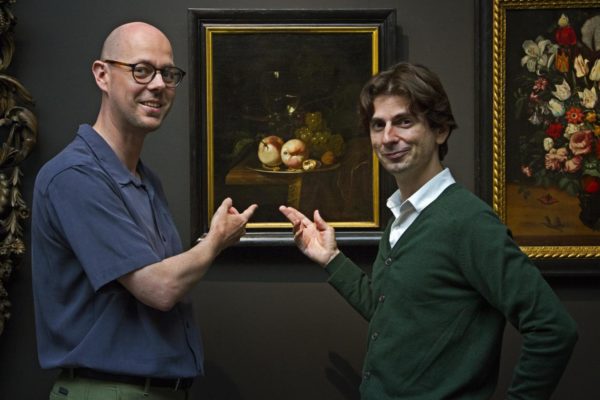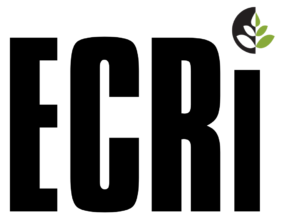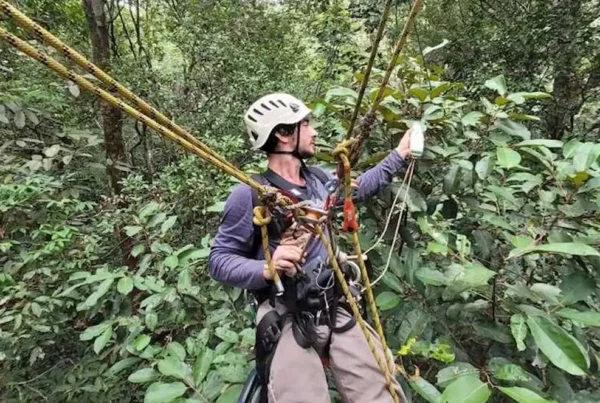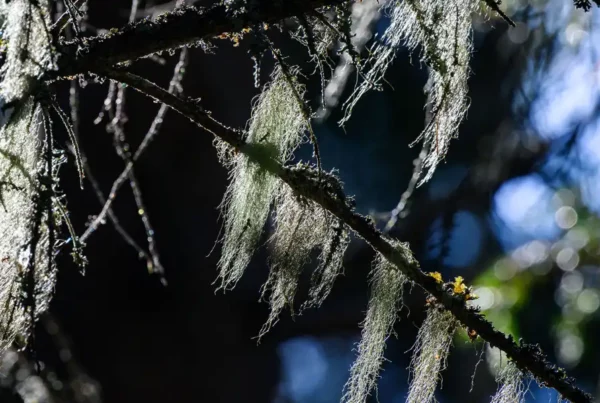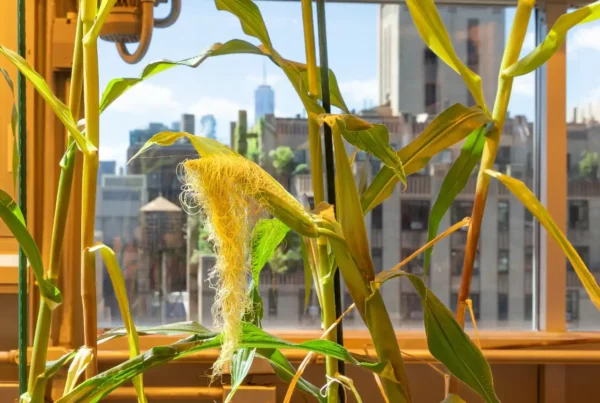Plant geneticists seeking to understand the history of the plants we eat can decode the genomes of ancient crops from rare, well-preserved samples. However, this approach leaves significant gaps in the timelines of where and when many modern-day fruits, vegetables, and cereal crops evolved, and paints an incomplete picture of what they looked like. A Science & Society article publishing in the journal Trends in Plant Science details a unique approach to filling these gaps using art–and calls on museum goers and art aficionados to help find paintings that could have useful depictions.
“It’s a bit of an out-of-control hobby for me,” says co-author Ive De Smet (@IveDeSmet1978), a plant biologist at the VIB-UGent Center for Plant Systems Biology in Belgium. “We may have some of the genetic code for certain ancient plants, but often not well-preserved samples, so looking at art can help put these species on a time map and track down their evolution.”
The project stemmed from the lifelong friendship between De Smet and his colleague David Vergauwen, an art history lecturer at Amarant in Belgium. “I’m a biologist by training, and he’s an art historian by training so we come from two totally different worlds,” says De Smet. “During a trip a couple of years ago, we were standing in front of a painting and there was a piece of fruit that we didn’t immediately recognize. He asked me what I thought it was and I said I didn’t really know, and that maybe it was a bad painter. But he told me this was actually one of the best painters from the 17th century. So, if that’s how the fruit was depicted, that’s how it should look.”
Upon investigating the use of art as a way to learn more about how plants evolved, De Smet found there could be something to it. For example, when scientists studied ancient Egyptian depictions of watermelons, they observed the familiar light and dark green stripes we see today. This, in combination with DNA extracted from a watermelon leaf found preserved in an Egyptian tomb, indicates the fruit was domesticated more than 4000 years ago and is not a modern invention.
Although paintings can give researchers clues about what fruits and vegetables looked like and where they were found in the past, the approach comes with challenges. A knowledge of art history is necessary–the quality and style of the artist impacts how realistic the plants depicted are. Even some renowned painters are not reliable sources. “For example, if you were interested in determining how a certain fruit or vegetable looked, and you used Picasso as a reference, you might get the wrong impression of its appearance,” says Vergauwen.
The researchers are also limited by the accessibility of the art itself. Lesser-known or private collections can get overlooked, misleading researchers about timelines and geographic origins. Additionally, when plants are depicted in a painting, they are often not mentioned in its title. This means that the researchers must study each painting individually. “Woodland strawberries are very often depicted at the feet of the Virgin Mary. This will never be mentioned,” De Smet says. “You really have to go to each and every one of these paintings and look at the feet to see if there’s a small depiction of a woodland strawberry.”
Thus, De Smet and Vergauwen hope to broaden their scope and tap into the scientific potential of art across the globe. “Ultimately, the conclusions we draw rely on the quality of the database we have,” De Smet says. To help grow this database of art, they’re asking people from around the world to provide pictures of paintings they encounter that depict plant-based food. “For us, it’s easy to go to European collections like the Louvre in Paris, but there are also museums in Asia, or in Central and South America that could teach us a lot,” he adds.
This approach has already shown that many common variations of fruits and vegetables far predate the field of modern genetics. “The things that we currently see in our supermarkets and our fruit and vegetable shops are not necessarily things achieved by tweaking with molecular biology,” says De Smet. “Very often this is natural variation that already existed centuries, or even thousands of years ago, that has now become fashionable again.”
Read the paper: Trends in Plant Science
Article source: Cell Press via Eurekalert
Image credit: Liesbeth Everaert
